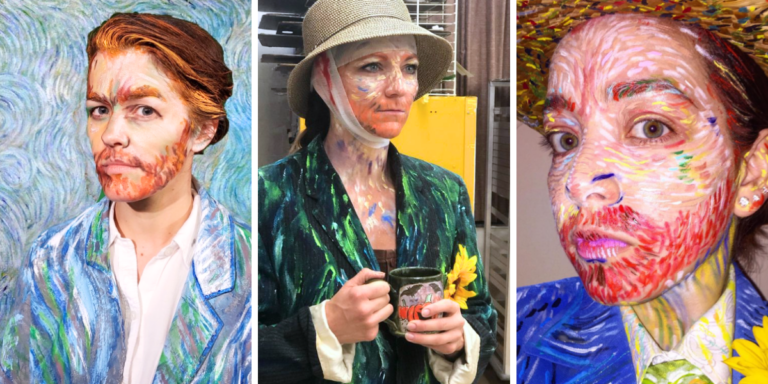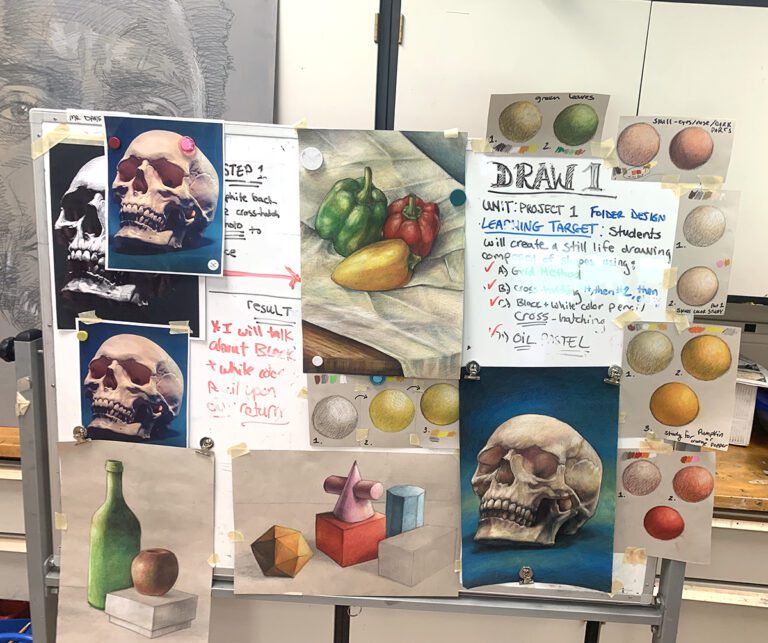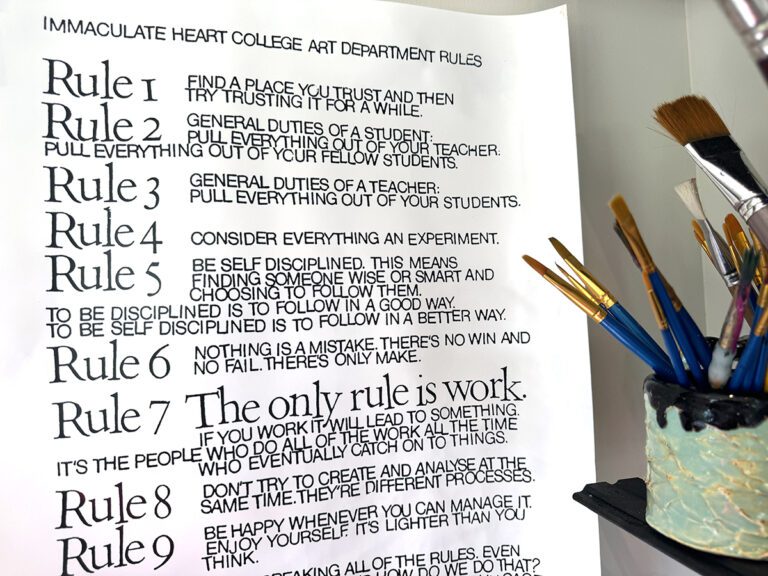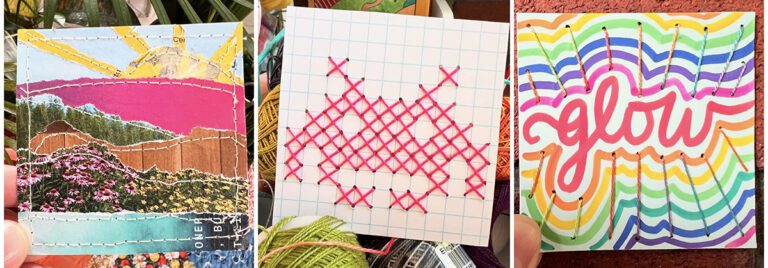
As the school year gets started, I can easily lose myself in a long list of things I’d like to improve upon from the previous year. Think academic New Year’s resolutions: be more organized, plan out lessons further in advance, get students to take more responsibility and clean the room better. I could go on like this for days.
I’d finish with such an exhaustive list of flaws that I’d be too intimidated and overwhelmed to tackle any of them.
Teachers shouldn’t beat themselves up by thinking of every single thing they can improve upon. In the same vein, students don’t want to hear about thirty things they need to do to have a successful school year. Secondary students pretty much know how to play the game of school. We don’t need to beat them over the head with exhaustive lists.
Instead of lengthy rules and procedures, start your class off right with a mantra.
Before I started using yearly mantras, my beginning-of-the-year routine took nearly two full class periods. By the end of the second period, kids were wondering if they were ever going to make art. Using a mantra instead of enumerating all of your expectations can expedite this process. As problems in classroom management and student engagement come up throughout the year, you only need to return back to that little mantra to get kids back in the right mindset.
Here is the history of my mantras.
Year number one: “Do your job”

This mantra is straight forward, simple, and inspired by my love of Battlestar Galactica (cough, cough… nerd!). All the expectations students were required to meet were boiled down to “Do your job.” Students knew that this meant they were to make the best, most amazing artwork they could. Anything that helped them do that job was encouraged, and anything that distracted them from that job was frowned upon.
As the first few weeks rolled by, I was able to ask students if what they were doing was helping or hurting them do their job. I was able to demonstrate my expectations for listening at the demonstration table, cleaning up after themselves, and treating the studio environment with respect as parts of “doing their job.” I was happy with how these three simple words streamlined my classroom management.
Year number two: “Release the magic”

As my students operated under the mantra of “do your job,” a remarkable thing happened. My classroom transformed. I started taking more risks with STEAM projects and Choice-Based Art Education. At no time in my then eight-year teaching career had my classroom felt less like school and more like an artist’s studio. We were really humming.
A couple of times I had to stop to tell my students how absolutely magical I thought their classes were. This feeling led to the subsequent year’s “release the magic” mantra. It was a little less concrete and a little more focused on the power of art to move viewers, to elicit response, and to create meaning. We dove deeper into choice and freedom in the art room. I challenged all of my students to release the magic. I even made a few really stupid Vine videos centered on this mantra.
Year number three: “Come correct”

This is the year of “come correct,” a loose throwback to the more simple “do your job” but with a slightly different flair. This mantra definitely has a connection to hip-hop culture, which I personally love, and which will be a great hook for student engagement. But, more directly, it speaks to effort, engagement, and focus. It speaks to putting your best foot forward and bringing your “A” game (there’s a free mantra right there!). I want students to know that I expect nothing but their best. They better “come correct” with their art this year!
{image source}{image source}
Have you ever used an overarching mantra to guide your year? What was it?
What other mantras could you use for your students this year?
Magazine articles and podcasts are opinions of professional education contributors and do not necessarily represent the position of the Art of Education University (AOEU) or its academic offerings. Contributors use terms in the way they are most often talked about in the scope of their educational experiences.




